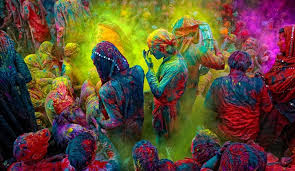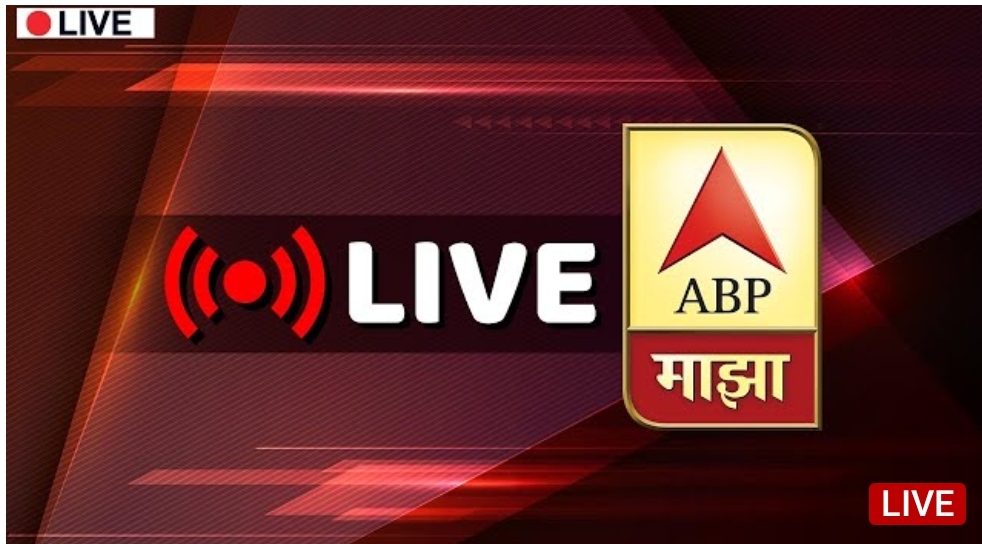Bateshwar Fair is Coming on Animal Fair 11 to 19 November and Religious Fair is on 25 to 29 november this year.
About Bateshwar Fair-History of Bateshwar Fair
Bateshwar has long been celebrated for its annual fair, believed to
have been a fixture since time immemorial given the significance of
Shoripur/Bateshwar in Hindu mythology. Although the origins of this
ancient fair are religious, and of immense importance in the Hindu
religious calendar, the fair is also of great commercial value and is
renowned as the 2nd largest animal fair in the country (Sonepur in
Bihar being the largest).
The Imperial highway that ran from North-west India to East Bengal
crossed the Yamuna near Bateshwar, adding substantially to the
accessibility and subsequent profitability of the fair. That this
highway had existed since the time of the Mauryan empire (around
300BC), lends credibility to the assertions of antiquity of the
Bateshwar fair. The Bateshwar Fair may thus plausibly lay claim to
being not only one of the biggest but also one of the oldest fairs, at
over 2000 years, in India!
The District Administration has managed the Fair since the 1840’s.
Today, covering an immense area of 4 sq kms, the Bateshwar Fair is
organised and managed by the Zila Panchayat, Agra.
Bateshwar Animal Fair
the full moon on the last day of Kartik (Oct-Nov) and continues on for
5 days or so in Aghan (Nov-Dec).
The Fair starts with the trading of animals and progresses over a
period of three weeks. Over the first 10 days, the first off the block
are the Bullocks, Buffaloes and Cows, followed by the Horses and Camels
and ending with the Donkeys. Elephants were exhibited and traded here
in the past but not anymore. In 1904 the stock shown included 35,000 horses and ponies,
18,000 camels, 10,000 mules and donkeys, and 79,000 head of cattle; and
about Rs. 13,000 was collected on account of bridge tolls, registration
fees, and shop rents. Remounts for the native army and police were
often bought here, and given the heavy commercial activity a branch
Government treasury was opened at Bateshwar at the time of the fair.
Bateshwar Religious Fair
After the 10 day period of animal trading, and a lull of about 4-5
days, the religious fair starts. Vast numbers of shops offering an
amazing multitude of goods stretch as far out as the eye can see and
beyond. The various religious sects and their attendant Sadhus
(ascetics) too set up camp. Families dressed in their colourful best
visit for the obligatory dip in the river, prayers at the temples,
blessings of the holy-men, and shopping for all manner of goods.
The main Bateshwarnath temple and its ghat are the focal point of all
the rituals and ceremonies. The great day is Puranmasi (full moon);
when the assembled pilgrims bathe in the Yamuna and make offerings in
the temple of Bateshwarnath.
Given the significance of the Bateshwar pilgrimage to most Hindus, the
large numbers of pilgrims are not surprising. As early as 1884 the
gazetteer noted “the persons present on that day have been calculated
(mainly by actual counting) to number 150,000 and that is probably an
average attendance; this great crowd however does not last more than 24
hours, if so long.”
This great crowd has grown much larger over these many years and does
not melt away quite so quickly. The numbers start mounting 2 days
before the full moon. All along the roads leading into Bateshwar every
manner of transport, be they trucks, buses, tractor trolleys or horse
drawn carts, may be seen bursting at the seams with their ever cheerful
passengers. It is estimated that close to 2.5 million (25 Lakh) people
take a dip in the Yamuna at Bateshwar over this period.
It is this vast and colourful multitude that gives the Bateshwar fair
its vibrant energy and provides a unique glimpse of rural India that
has retained its distinct flavour even as the world beyond has changed
beyond recognition.
Location of Bateshwar Fair
From Agra :65 km Approx (around 2 hourse drive)
From Chambal : 12 Km Approx (around 30 minit Drive)
Bateshwar Fair Images













